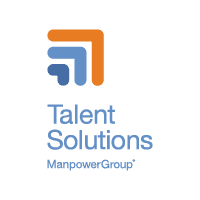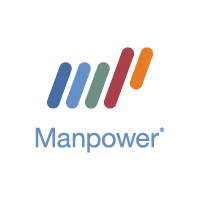After week one in a new PPM Leader role, I sat there thinking: ‘What on earth have I walked into?’ I had been presented with issues and problems, but very few solutions. Actually, zero solutions, but this was all part of the challenge I was excited about tackling head-on.
I did have some offers of help from some nice people that understood the work-mountain laying in front of me, but I always felt these were more out of sympathy, than endeavour!
Project financial reporting in no way reconciled to management accounts, estimates and forecasts were non-existent, gate reviews were Wild-West at best, very few projects had suitable governance, and no one could tell me the split of CAPEX and OPEX, nor the rules surrounding them. These were but a few of my challenges - ones most Portfolio Owners are probably smiling wryly at as they read this!
But above all, I was amazed at how an off-target approach to bringing in additional expertise, skills and capacity had put a tremendous burden on my team managers.
The main problem
In a worst-case scenario, one of my managers, who should have been managing a team of eight, was managing more than double this. Their resource responsibilities included managing six perm, two interims (their ‘core’ team), plus a further 10 interims to support additional portfolio demand.
To meet our staffing budget, we were under pressure to replace any interims we had fulfilling headcount roles and recruit perms. I politely asked my team manager how they were getting on with this. Suffice it to say their reply wasn’t positive.
To paraphrase, it went along the lines of: ‘I don’t have time, because I am managing a team more than twice the size I should. They were absolutely right; they didn’t have time. We were in a bind.
Not only was there limited time to dedicate to a proper perm campaign, but the real problem was that my hiring manager had no choice but to neglect our most precious asset: our own internal permanent members of staff. Check-ins and performance reviews had become tick-box exercises (one of, if not my biggest pet hate), and the most precious and rewarding elements of management (coaching, mentoring, offering sagely advice etc.), had become neglected.
Instead, my manager’s time was consumed managing multiple interim resources from multiple vendors. Churn was relatively high (in part due to my team manager not being able to dedicate enough time to support interims adequately), leading to a regular stream of activity involving the down-selection, interviewing and hiring of interim candidates, then the onboarding of them and the ongoing management of them.
There was no realistic chance of performance monitoring these resources adequately, let alone answering the perennial question of ‘value for money’. And don’t even get me started on knowledge retention; safe to say we were haemorrhaging.
Using an ‘as-a-service model’ to improve the situation
However, help was at hand. Our strategy to alleviate the situation was to move to an ‘as-a-service’ model, which presented a number of key improvements:
• Reduced time-to-benefit: quicker access to support by drawing down support from open PO, no need for individual requisitions; supplier-led onboarding & proactive demand forecasting looking beyond short-term needs
• Improved performance and job satisfaction: the time given back to managers as resource selection and task management is the responsibility of the supplier; managers are now able to undertake key aspects of their role such as coaching, mentoring and L&D, leading to improved performance and job satisfaction for managers and their team members
• Better control of external resourcing costs: consolidation of spend and continual monitoring of budget through periodic forecasting and burn-down reporting
• More cost-effective solution: leveraging supplier expertise to support internal PMO with right-sizing projects and resources, often finding more efficient ways to deliver – hidden costs associated with the recruiting and management of contingent labour were removed
• High degree of flexibility: dial up or down as required; single consultants to cross-functional programme teams; no long-term contractual commitments
• Improved transparency and quality: proactive service management and SLA/ KPI reporting provided visibility of performance; trust was built leading to improved quality of engagement.
Conclusion
With the pressure on portfolio, PMO and project teams to deliver at an ever-increasing pace, organisations can ill afford to ignore or deprioritise, capacity and capability challenges.
At Experis, our Project Management as a Service (PMaaS) has been designed by portfolio owners, for portfolio owners, to specifically address these challenges. Not only does it provide the benefits outlined above, but we provide our customers with value-adds such as PPM thought leadership, employment and technology insights, workforce innovation and impact reporting (how our service has added value to your organisation).
We also pride ourselves in our knowledge transfer process, which ensures that all knowledge and understanding of your organisation and projects is retained in the service and is transferred to our clients in a planned and controlled manner.
PMaaS offers a range of key skills across the PPM and Product disciplines covering Project, Programme, PMO, SCRUM, Product and Agile Delivery Management. We are also able to provide all other major project and technical skills too. We are aligned with industry skills frameworks, such as SFIA and DDAT, and offer a variety of flexible commercial models to meet your needs. For more information contact us.
Chris Allison is Experis’s PPM and Product Practice Lead – he has over 20 years of experience in project and product delivery across a variety of sectors and industries. He has spent the last 10 years in senior management establishing and managing large-scale portfolios in support of digital and business transformation.


